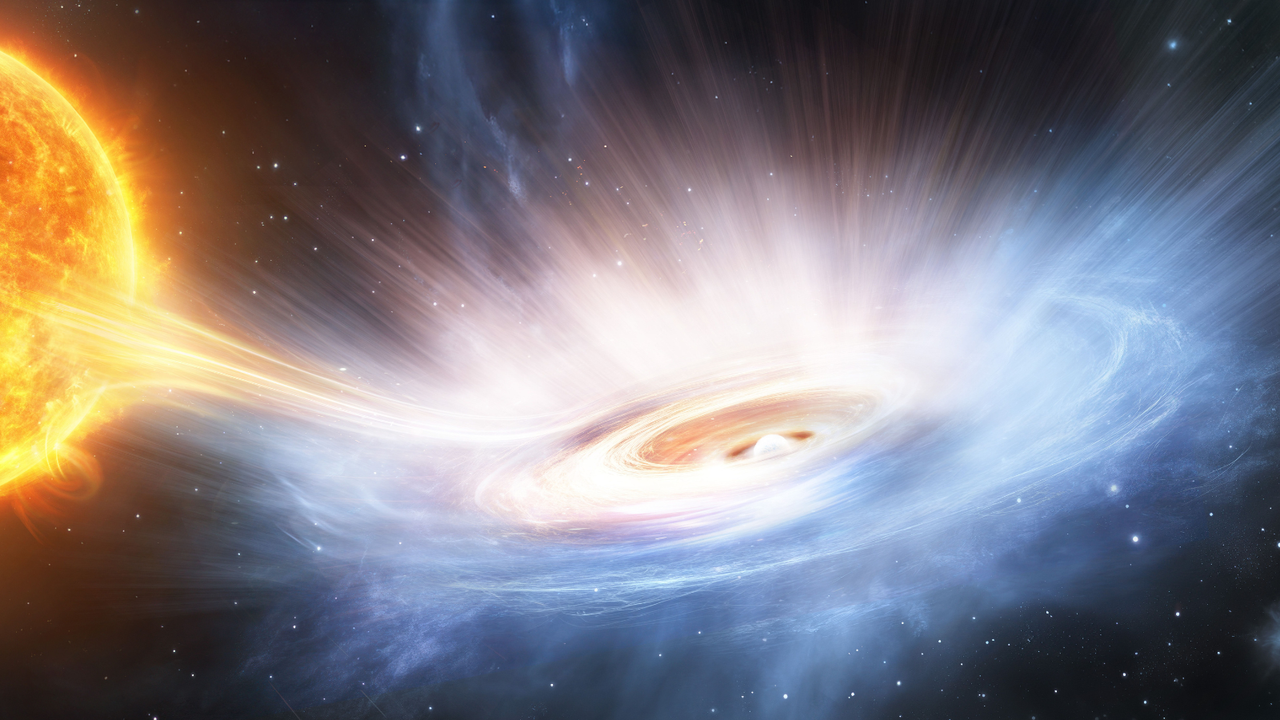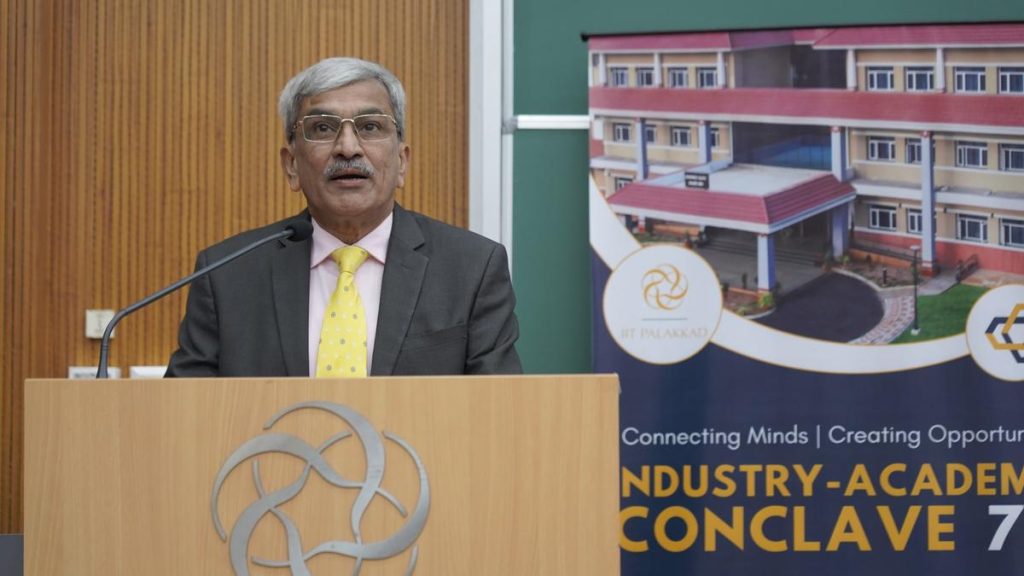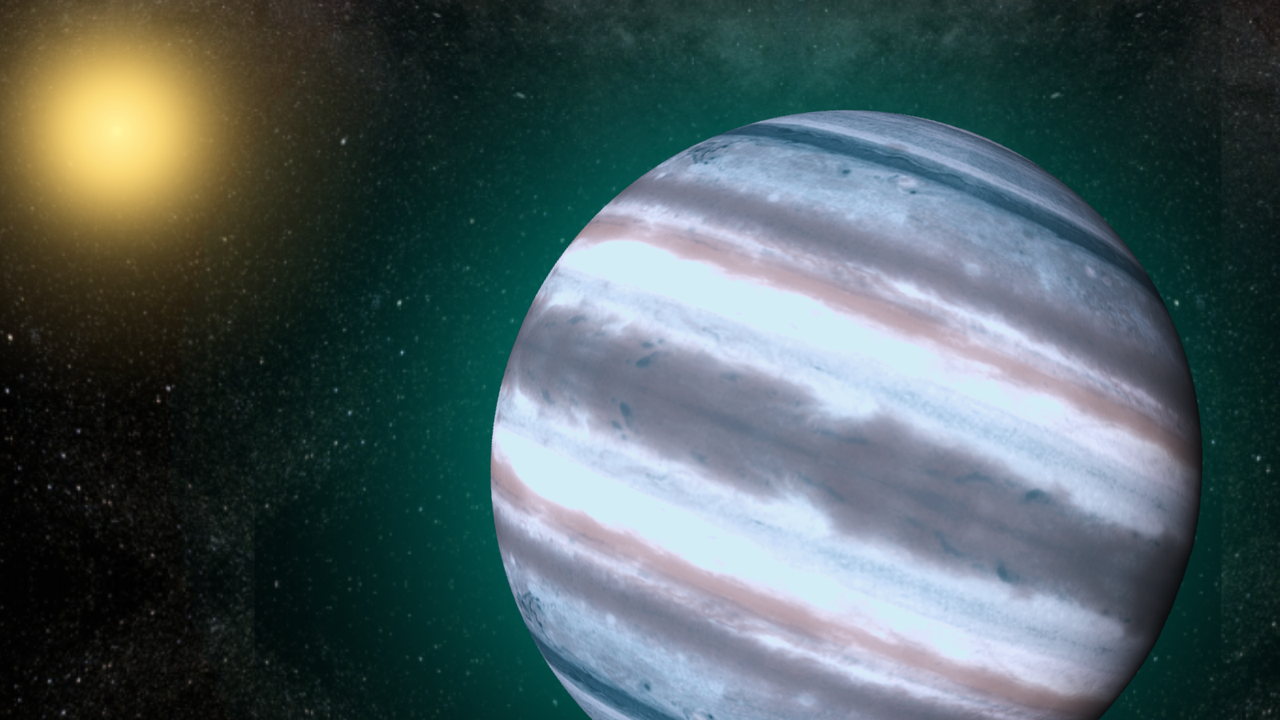Now Reading: Cosmic Winds Around Neutron Star Uncover Secrets of Black Holes
-
01
Cosmic Winds Around Neutron Star Uncover Secrets of Black Holes
Cosmic Winds Around Neutron Star Uncover Secrets of Black Holes

### quick Summary
– Astronomers used the XRISM (X-Ray Imaging and Spectroscopy Mission) spacecraft to observe winds from GX13+1,a neutron star located 23,000-26,000 light-years away in the milky Way.
– Accretion disks around neutron stars produce X-ray winds that are slow yet dense and smooth, differing substantially from faster clumpy winds seen with supermassive black holes.
– The system exhibited increased brightness exceeding its Eddington limit – causing outward radiation pressure to push infalling material out as cosmic winds.
– These observations offer insights into how matter interacts with radiation around compact celestial objects like neutron stars and black holes.
– Researchers theorize temperature variations and differences in electromagnetic emissions (X-rays for neutron stars versus ultraviolet light for black holes) may explain the disparity between wind behaviors.
– Findings could shape future astrophysics research about energy transfer processes influencing galaxy evolution and guide upcoming missions like ESA’s NewAthena telescope set for launch in 2037.

—
### Indian Opinion Analysis
The research provides groundbreaking evidence regarding how cosmic phenomena such as accretion disks behave differently depending on the type of compact object they surround – whether it be a supermassive black hole or a neutron star. For India, which has been boosting investment in space exploration through organizations like ISRO, these findings highlight the importance of international collaborations tackling high-resolution X-ray observations that uncover details inaccessible by conventional methods.
Understanding cosmic wind dynamics also holds broader implications for comprehending galaxy evolution – an area relevant to India’s pursuit of leadership within global astronomy projects like the development of advanced telescopes or contributing expertise toward missions similar to XRISM/NewAthena. Given India’s growing interest in democratizing scientific knowledge while advancing technological capabilities at home, this progress exemplifies pathways where future Indian-led programs can cement their place within frontier astro-research initiatives driven by data-sharing diplomacy.
[Read More](https://www.space.com/astronomy/mysteriously-powerful-cosmic-winds-around-neutron-star-may-be-game-changer-for-understanding-monster-black-holes)




























